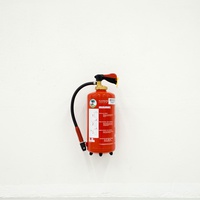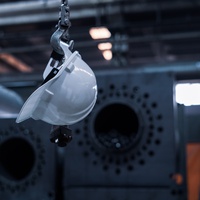ERGONOMICS

<span class="html-content">
<p>Ergonomics is the science that deals with the fit between people and their work. It matches the requirements of a job with the capabilities of the worker. </p><p> An Ergonomist is a professional who assesses the fit between a person and their work. He/She puts into consideration, <em> </em></p><p>i. The Job being done and the demands on the worker.</p><p>ii. Equipment used.</p><p>iii. Information used.</p><p>iv. Physical environment (temperature, humidity, lighting, vibration, noise).</p><p>v. Social environment ( team work and supportive management).</p>
<p>An Ergonomist also puts into consideration the physical and psychological aspects of a person such as,</p><p>Physical aspects; </p><p>1. Body size and shape.</p><p>2. Fitness and strength .</p><p>3. Posture.</p><p>4. Stress and strain on muscles, joints, nerves. </p><p>5. Senses ( vision, hearing and touch).</p>
<p>Psychological aspects; </p><p>1. Mental abilities.</p><p>2. Personality .</p><p>3. Knowledge and experience.</p>
<p>By fitting the task to the worker, Ergonomics tends to reduce accidents and ill health , thereby increasing productivity. </p><p>Proactive ergonomics is aimed at the prevention of work related musculoskeletal disorders through recognizing, anticipating, and reducing risk factors in the planning stages of new systems of work and workplaces . </p><p>Some of the ergonomics principles includes,</p><p>1. Job must be done in a neutral position.</p><p>2. Keeping work close to the body. </p><p>3.Avoid bending forward.</p><p>4. Alternate posture and movements. </p><p>5. Keeping task within the shoulder level.</p><p>6. Use of mechanical aids.</p><p>7. Use of transport accessories.</p>
</span>


ERGONOMICS
By
 Hero James
•
2 plays
Hero James
•
2 plays
 Hero James
•
2 plays
Hero James
•
2 plays
0:00 /
0:00
Other insights from Hero James
Referral Earning
Points-to-Coupons
Insights for you.




 650
650
































































Comments